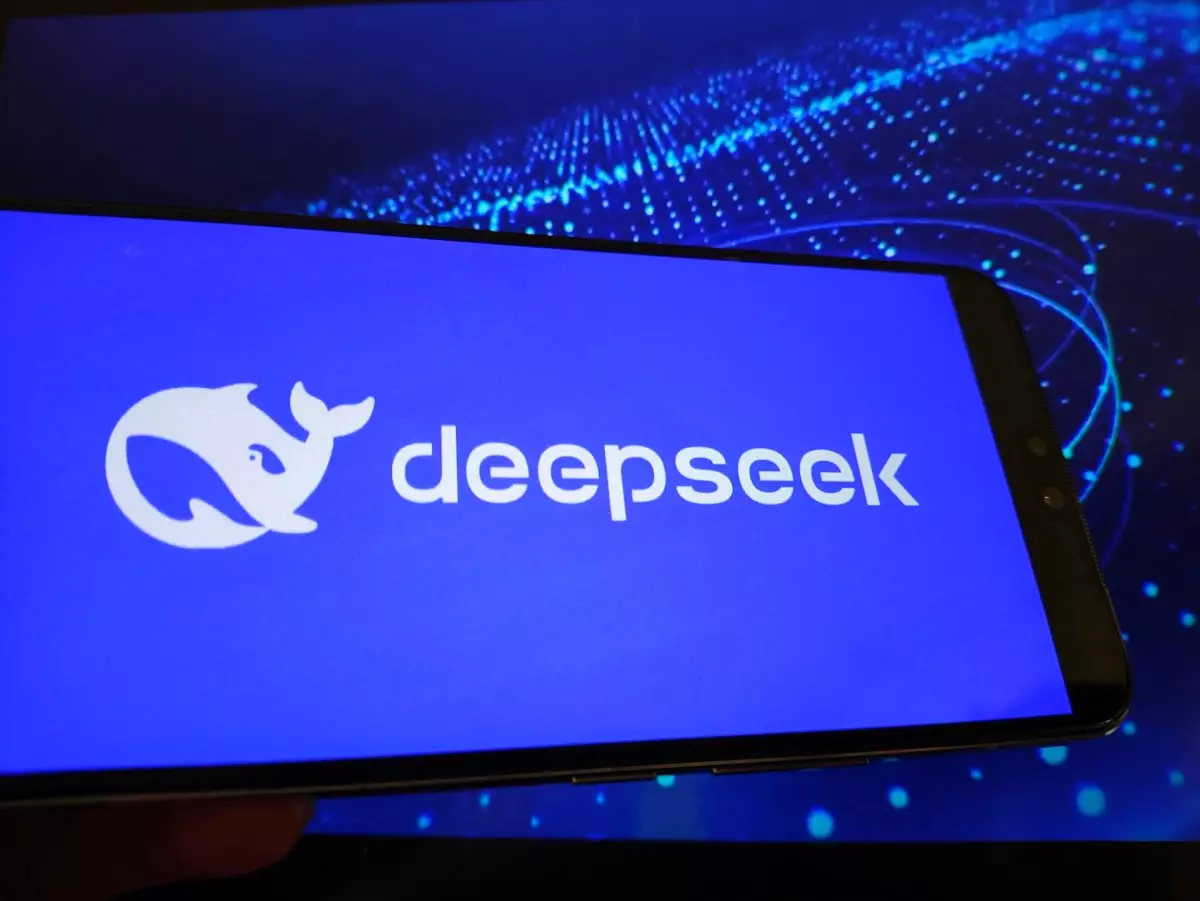In an ambitious stride for AI technology, DeepSeek, a Chinese laboratory, has unveiled its R1 reasoning model, known as R1-0528. This state-of-the-art AI system has demonstrated impressive performance across multiple mathematics and programming benchmarks, sparking interest and controversy within the AI research community. However, the rollout of such models raises significant ethical questions, particularly concerning data sourcing and originality. This article delves into the intricacies of DeepSeek’s development, focusing on claims of proprietary training methods and the ethical implications of data usage in AI technology.
Questions of Data Integrity and Originality
Despite the advancement of DeepSeek’s model, the company has opted for opacity regarding the data utilized during its training. This secrecy has led to speculation among AI scholars, with some suggesting that a portion of the model’s training data stems from Google’s Gemini AI systems. Sam Paech, a developer based in Melbourne, claims to have identified patterns in R1’s behavior that align with outputs from Gemini, although such assertions may lack definitive proof. The landscape of AI research is fraught with accusations and the challenge of verifying data origins, raising vital questions about the guidelines employed in developing cutting-edge AI technologies.
The phenomenon of “data crossover” is not confined to DeepSeek alone; it is a challenge that many AI companies face today. The practice of utilizing data extracted from other AI models, often termed “distillation,” has become alarmingly common. By drawing on larger, established models as a point of reference for generating synthetic data, companies like DeepSeek may undermine the integrity of their own creations. OpenAI has faced its share of allegations regarding data infringement, which underscores the fragile nature of intellectual property in the AI sphere.
The Broader Implications of AI Contamination
Notably, the influx of AI-generated data—often referred to as “AI slop”—is complicating the situation further. As content farms churn out clickbait and bots saturate social media platforms like Reddit and X (formerly Twitter), the ability to differentiate between human-generated and machine-generated data is increasingly challenging. This “contamination” undermines the authenticity that researchers expect from outputs and can create a vicious cycle of reliance on inferior data sources.
The concerns about contamination point to a larger systemic issue within the realm of AI development. As Nathan Lambert, a researcher at the nonprofit AI research institute AI2, mentioned in a post, companies like DeepSeek thrive on the availability of certain algorithms or models that are yielding high-quality outputs. The urgency to emulate or build upon existing successes could lead to a reduction in originality and ethical data use.
Security Measures and Accountability in AI Development
In response to issues like distillation and data misappropriation, many AI firms have begun instituting tighter security protocols. OpenAI’s initiative to require organizations to undergo identity verification before accessing specific models exemplifies the heights to which these companies are willing to go to safeguard their proprietary data. However, such measures can also create barriers for emerging firms, particularly in regions like China, which are excluded from OpenAI’s authorization protocols.
On the other hand, Google’s attempt to summarize traces generated by models available via its AI Studio reflects an ongoing effort to diminish the ease with which rival organizations can replicate their coveted technology. While these measures may enhance security, they simultaneously raise concerns about monopolistic practices and the stifling of innovation.
Ethical Considerations for the Future of AI
As companies like DeepSeek continue to push the boundaries of AI, it becomes increasingly essential to address the ethical implications of data sourcing and model training. The industry stands at a crossroads where the drive for innovation must be balanced against the need for integrity and accountability. With the potential for data contamination looming large and the lines between original and derivative works blurring, it is imperative for stakeholders—including developers, researchers, and policymakers—to advocate for robust standards that promote transparency in AI development.
In acknowledging the nuances surrounding technology like DeepSeek’s R1 model, we recognize it as both a promising advancement and a troubling signal of potential ethical lapses in artificial intelligence. As we navigate this evolving landscape, the discourse surrounding data integrity, model originality, and ethical considerations must remain at the forefront of technological advancement.

